Suunto makes smart watches geared for sports and fitness enthusiasts. The Suunto 7 is a unique watch from Suunto as it tries to be in the middle of users who want a reliable active sports watch but still serves well as an everyday smart watch. Suunto 7 is the first of the brand’s watches that runs on Google’s WearOS. The Suunto 7 retails for S$749.
Some disclaimer here before I begin the review. I am not a big sports and fitness enthusiast so I may not be able to portray the the sports and fitness aspect of the watch to its fullest potential. But I have tested the Sunnto 7 on different fitness activities and regular day-to-day usage to give you guys my impressions and thoughts on the watch.
Unboxing
In the box, you will receieve the following items:
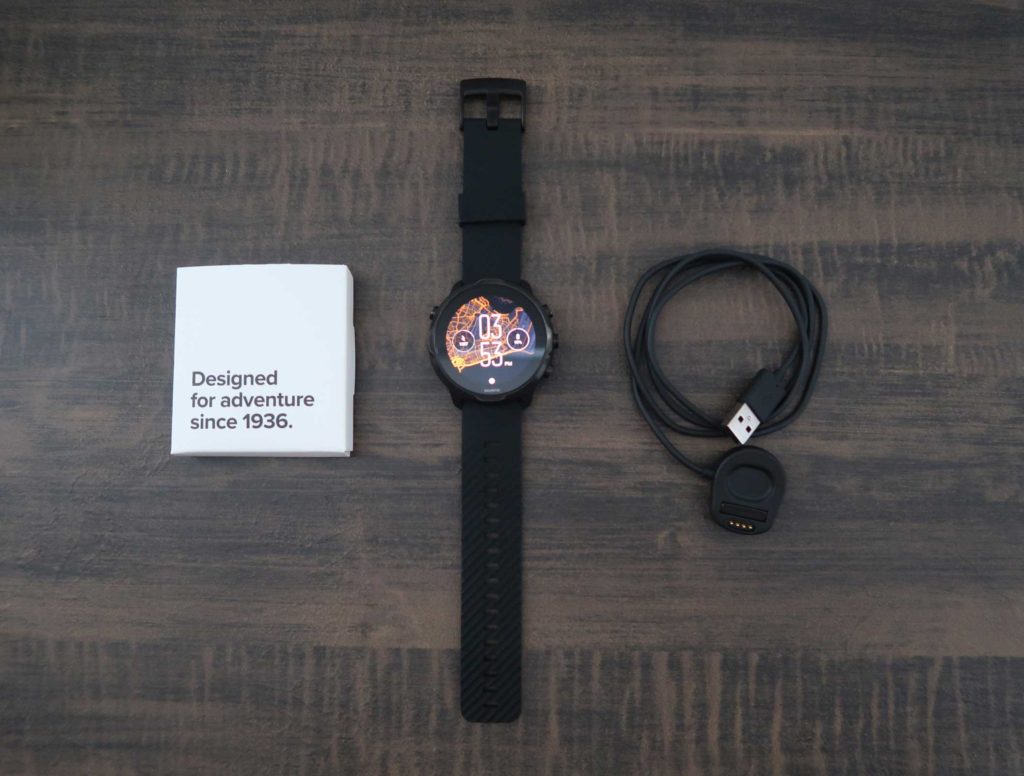
- Suunto 7 Watch
- USB charging cradle
- User manuals
Build quality and design
The Suunto 7 is available in 5 different colourways. The unit I have with me is the ‘All Black’. Suunto 7 looks more like a sports watch than any regular WearOS watch you’ll find on the market due to its large and thick case. However, the design is not like a 100% rugged sports watch. It has a nice blend of an everyday watch and a rugged sports watch – it’s a good sleek and refined look.
Suunto 7 also feels very well built and feels lighter (70g) than it actually looks. The case feels sturdy and able to ‘take a hit’ without being damaged. The watch comes with 4 buttons which all feel tactile and responsive when operating them. The strap of the Suunto 7 feels really good too – it’s soft, flexible, and feels comfortable on my skin.
Screen
The Suunto 7s touchscreen is an AMOLED display coated with Gorilla Glass has a resolution of 454 x 454 pixels, which goes to a maximum brightness of 1,000 nits. It gets bright enough to view notifications, check your fitness stats even on a bright sunny day. Colours are also great on the screen – black are deep and colours pop.
Watch faces
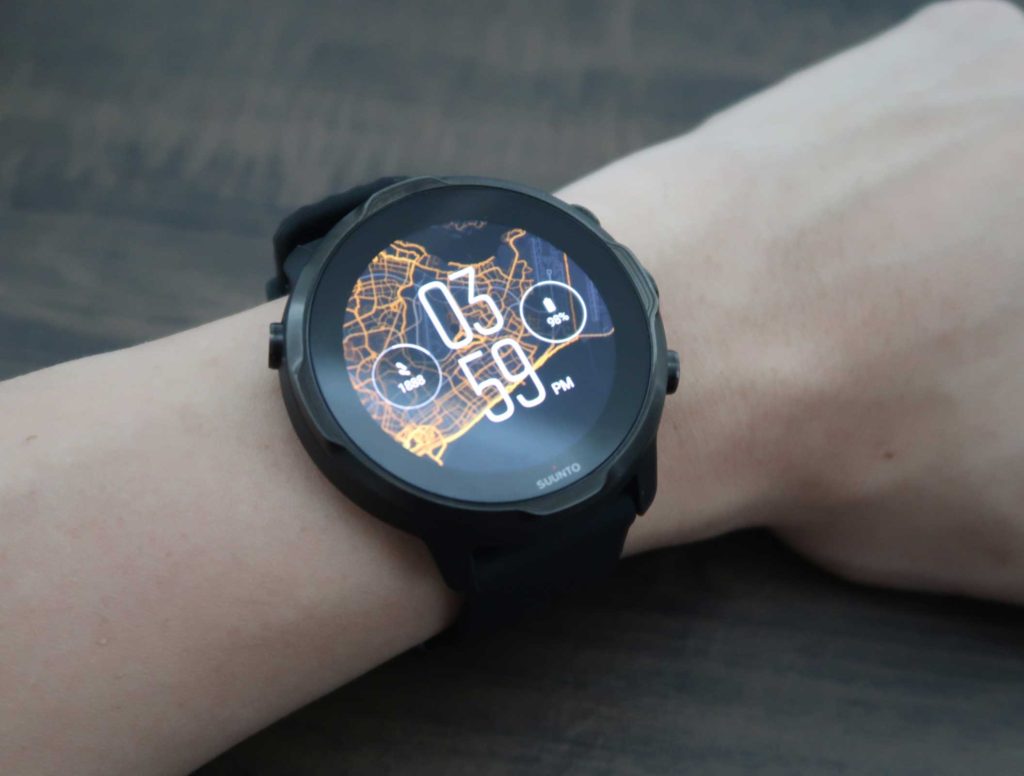
Suunto 7 comes with a pretty unique watch face called ‘Heatmap’. What this watch face does is shows where Suunto users are most active. You can set the heatmap to show routes for different activities from running, cycling, roller skating and so on. You can also adjust the level of zoom of the heatmap. It’s pretty interesting and its something you won’t see on other WearOS watches. If this isn’t your cup of tea, there are other default watch faces, and more on the Play Store.
Always-On display
Suunto 7 has an option to turn on always-on display. This means that even if you’re not using the watch, the display will remain lighted, showing the time in a minimal looking theme depending on the watch face you choose. Upon a flick of your wrist, the display then shows the full design of the watch face.
If you choose to disable the always-on display, it means that only upon flicking your wrist then the display will turn on. I found that it can take about a second for the display to light up and show the time. Personally, it is a little slow for me as sometimes I find myself waiting for the display to turn on just to get to know the time.
WearOS
Suunto has decided to make the Suunto 7 a WearOS device so that it is “smarter” and gives you access to features like Google Assistant, Google Pay, notifications, and more. Once your phone is connected to the Suunto 7 via the WearOS app, notifications will come in and you can also control your media on the phone. Spotify on WearOS is simply a remote control – you cannot choose a specific song, all you can do is select playlist to play music from and play/pause or backward/forward. The only way to store music internally on the watch is through a Google Play music account.
Being on WearOS platform means that you have access to the apps that is available on the Play Store for WearOS. For now, there probably isn’t any useful third party app that I know of which makes the WearOS experience a game-changer. This also means that the advancement of your user experience of the Suunto 7 is dependent on Google and not Suunto. Probably the best feature of the Suunto 7 being on WearOS are all the tiny but everyday features such as Google Pay, calendar and notifications.
Fitness and sports tracking
The fitness features of the Suunto 7 are mainly from its Suunto app. It has a long list of sports and workouts available so whatever you’re doing, it can probably do some tracking. Having said that, I feel that Suunto 7 is best used for activities such as running or hiking, where there is movement from one place to another. that way, you’ll be able to make full use of the internal GPS and all the nuggets of info that the Suunto app provides.
I mainly tested the Suunto fitness app through two fitness activities – bowling and running. For bowling, the amount of fitness data you get is quite limited. But then again, I can’t really think of what stats the watch can give you other than a graph of your heart rate during the games. As for running, you’ll get way more information about your run.
Offline GPS maps
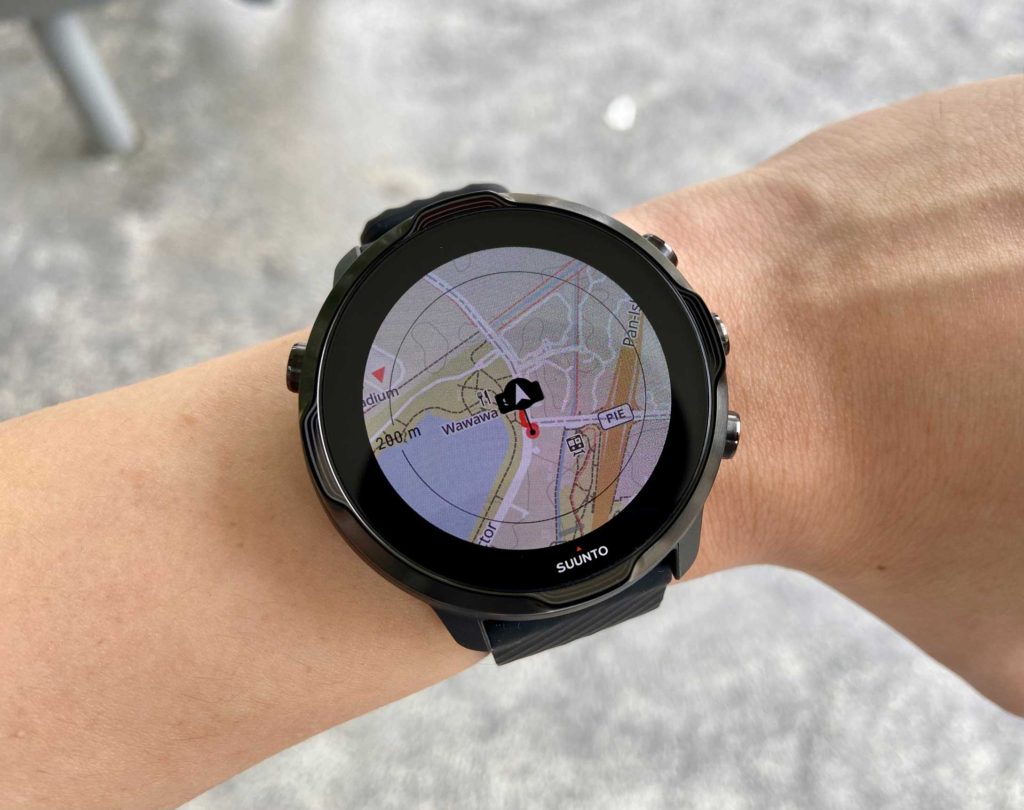
When setting up the watch, it will prompt you to download offline maps. Having the offline maps is great as it helps Suunto record all sorts of data and metrics during your run. During your run, it will show your live location and the trail that you have took. I found the GPS to be very accurate. Long distance runners are going to love this.
Suunto App on iPhone
I ran for a quick 10 minutes to test out the running tracking features Suunto provides. When you’re running, the watch has three pages you can swipe through to monitor stats. You also have the option to set intervals or laps during your runs. After the run, the Suunto watch app just does not store much data to view on the watch itself. To see the full metrics and stats of your run, you’ll need to launch the Sunnto app on your smartphone.
The following images are all the stats and metrics from my 10 minute run in my Suunto app:

You can even click into the map to see your pace, heart rate, and altitude during the run! Check out the video below:
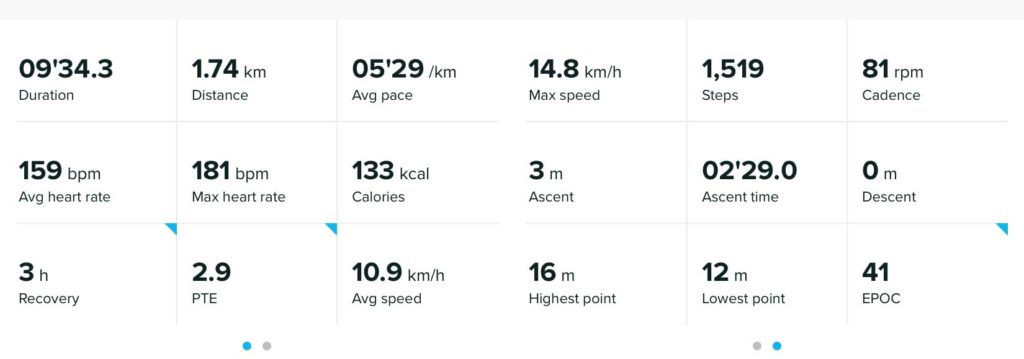

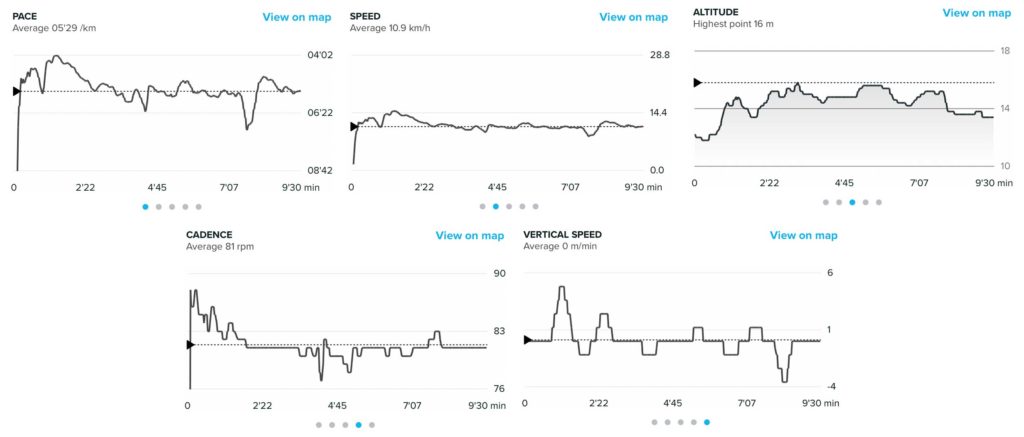

As you can see, there is a lot of the stats and metrics you can get from a run. But what if you were doing another sport? I also tested the Suunto 7 when I was bowling. Here are the stats that I got:

Yup, that’s it. One page which monitors my heart rate. And honestly, it is good enough. I can’t imagine what other stats I expect the watch to track since there is no movement from one place to another.
Active heart rate monitoring
During specified fitness activities, Suunto 7 will actively record and measure your heart rate. However, the Suunto app does not provide real-time average heart rate tracking. It’s more of an activity based app. If you’d like for your such heart rate data, you’ll have to rely on Google Fit or any other third part app.
Some thoughts
While the Suunto app is great and powerful app for fitness tracking, I wished it was more full blown in its implementation on the Suunto 7 watch. It could be Suunto leveraging on Google Fit being on WearOS to serve other features such as goals, heart rate monitoring, etc. The Suunto phone app does actively track your steps and burnt calories, but on the watch, the Sunnto watch app simply feels like a tracker. It would be nice to see Suunto evolving the Suunto watch app into a full ecosystem of health and fitness tracking.
Battery life
Battery life is expected of any WearOS device – it’s not going to last you a week. I tested the battery life on a regular day-to-day usage with no fitness activities tracked, with two variables – (1) always-on display turned on, (2) always-on display turned off. With always-on display turned on, the battery lasted me about 24 hours. But with the always-on display turned off, it got me another 6 hours more giving me about 30 hours before going fully flat.
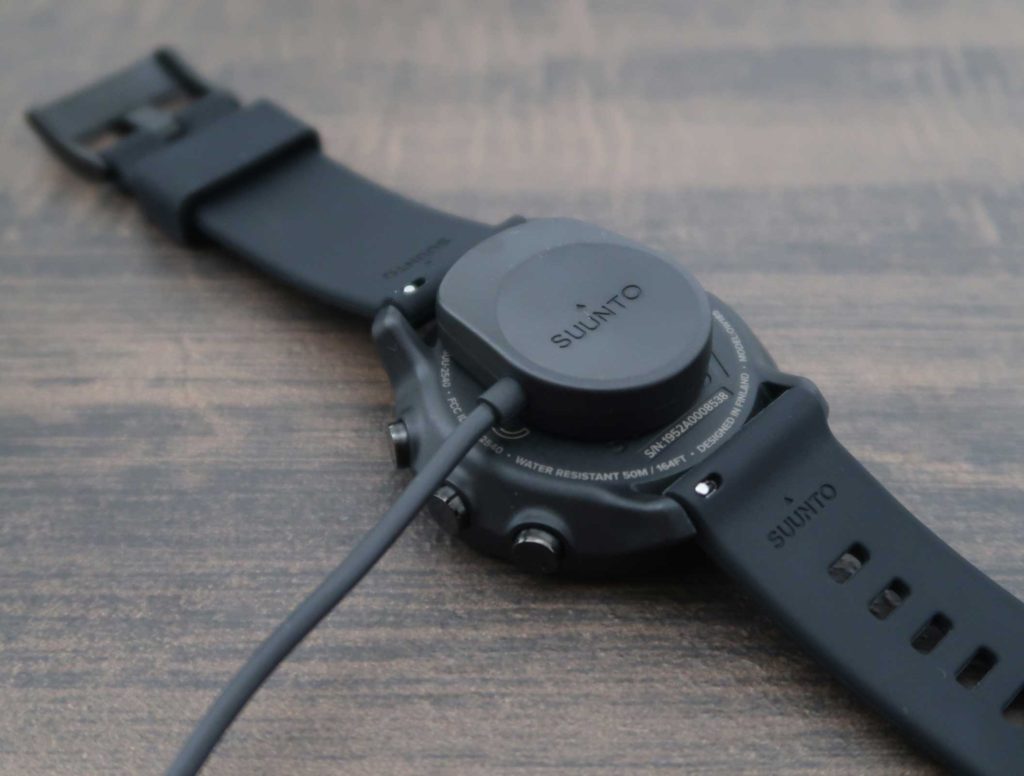
Charging is simple – you snap the watch magnetically to the included USB charging cradle. It take about an hour and a half to get the watch from 0% to 100%.
Conclusion
Suunto 7 is probably the ‘smartest’ sports watch Suunto has made due to it being on the WearOS platform. Sports tracking is still the biggest selling point of the Suunto 7, giving you accurate route tracking, useful metrics and heart rate monitoring. This should be the main reason to consider the Suunto 7 as it is where the core experience of the watch lies. The ‘new’ features coming from WearOS is great to have and certainly adds value through a compromise of battery life.
However, the Suunto 7 has a big price tag at S$749. For that price, you could get an Apple Watch that has better everyday features but will lose out on the level of detail in fitness tracking. This carves the Suunto 7 towards a very niche audience of an active individual who really cares a lot about fitness metrics and monitoring but also want all the convenient features of a smartwatch. if this describes you, then the Suunto 7 could be a smartwatch to consider.
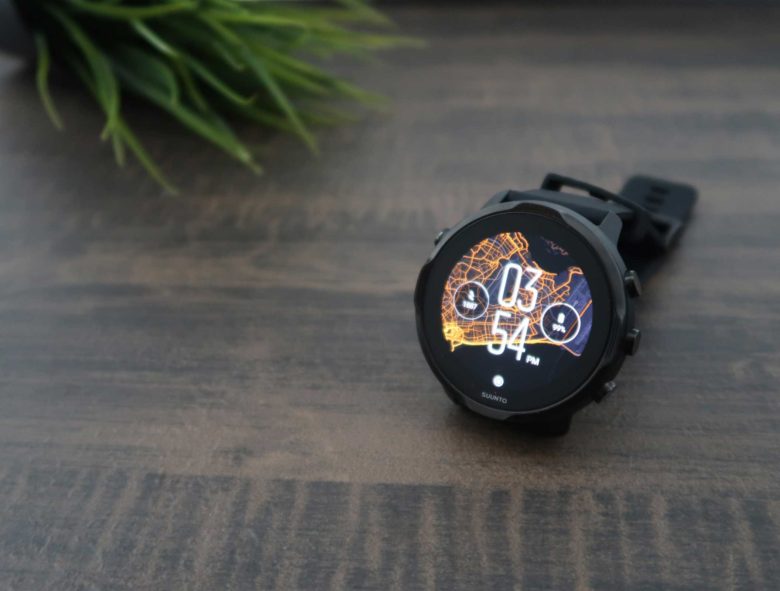

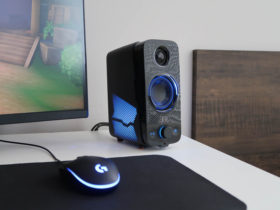
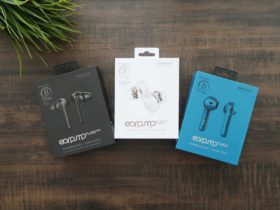
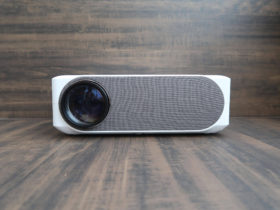

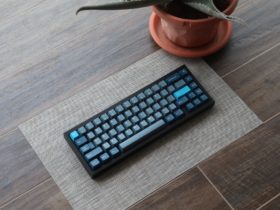
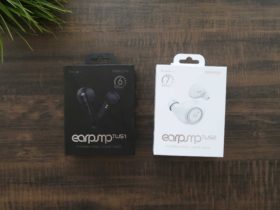

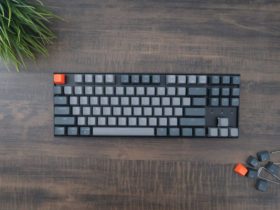
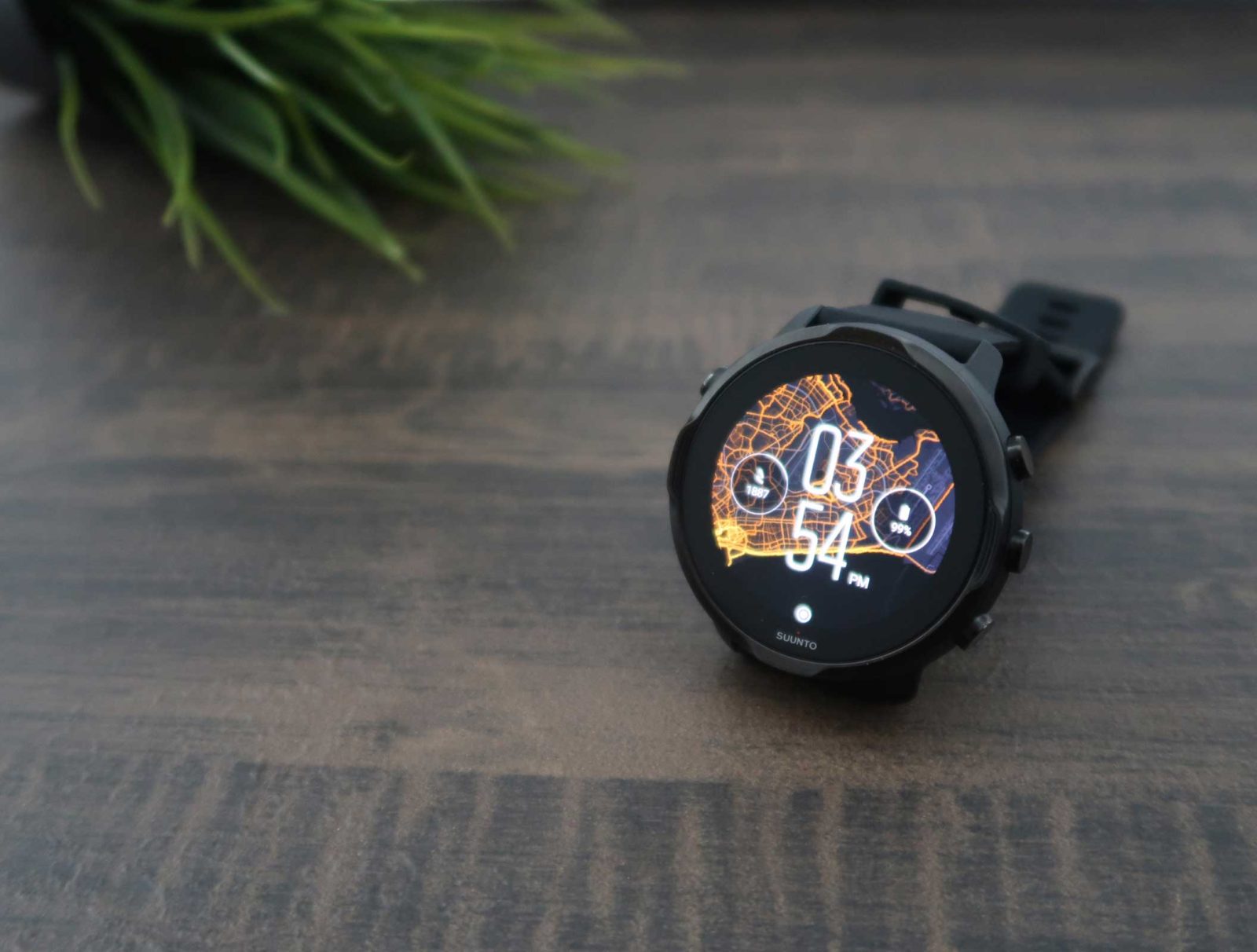
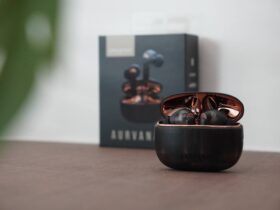



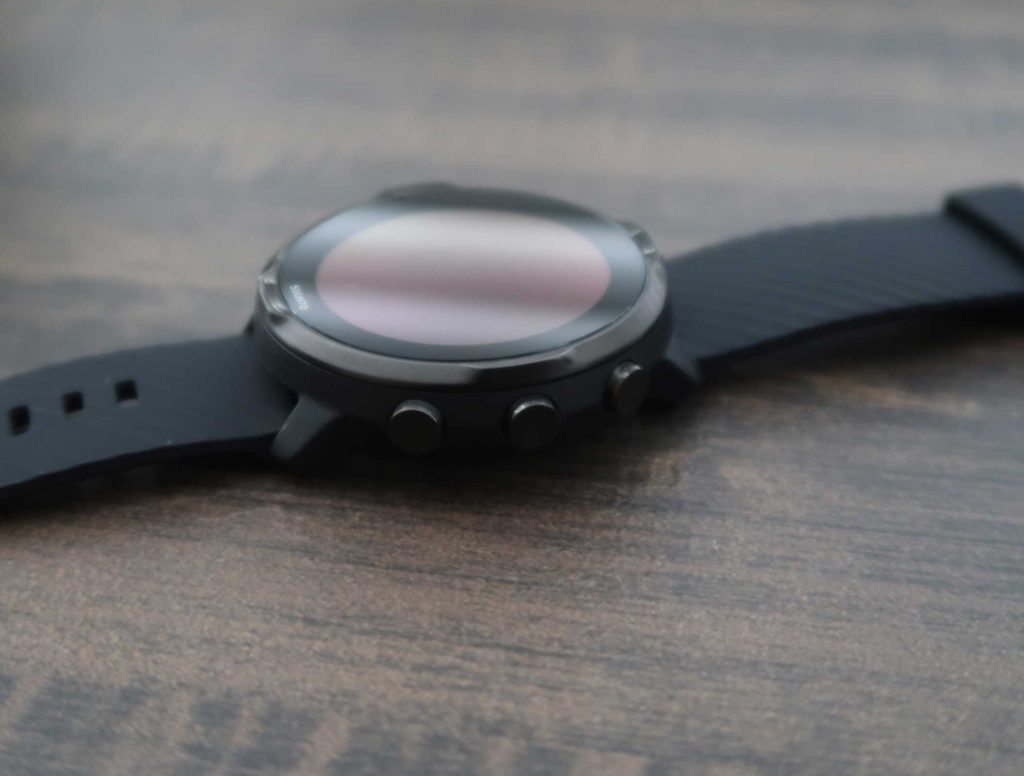

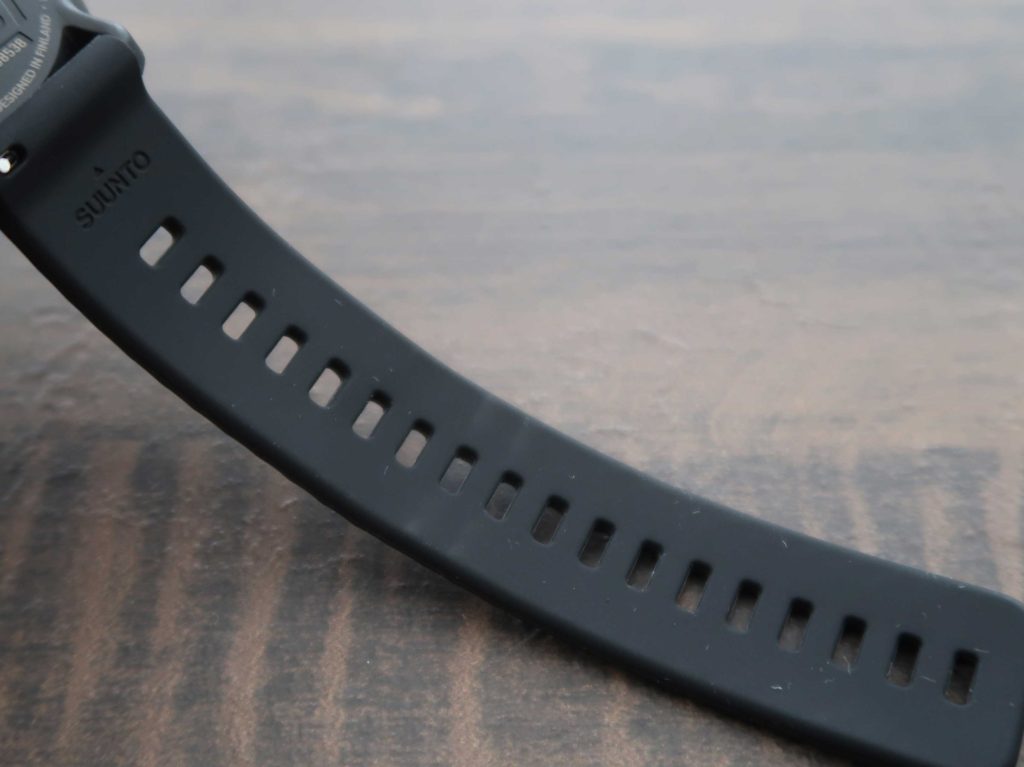
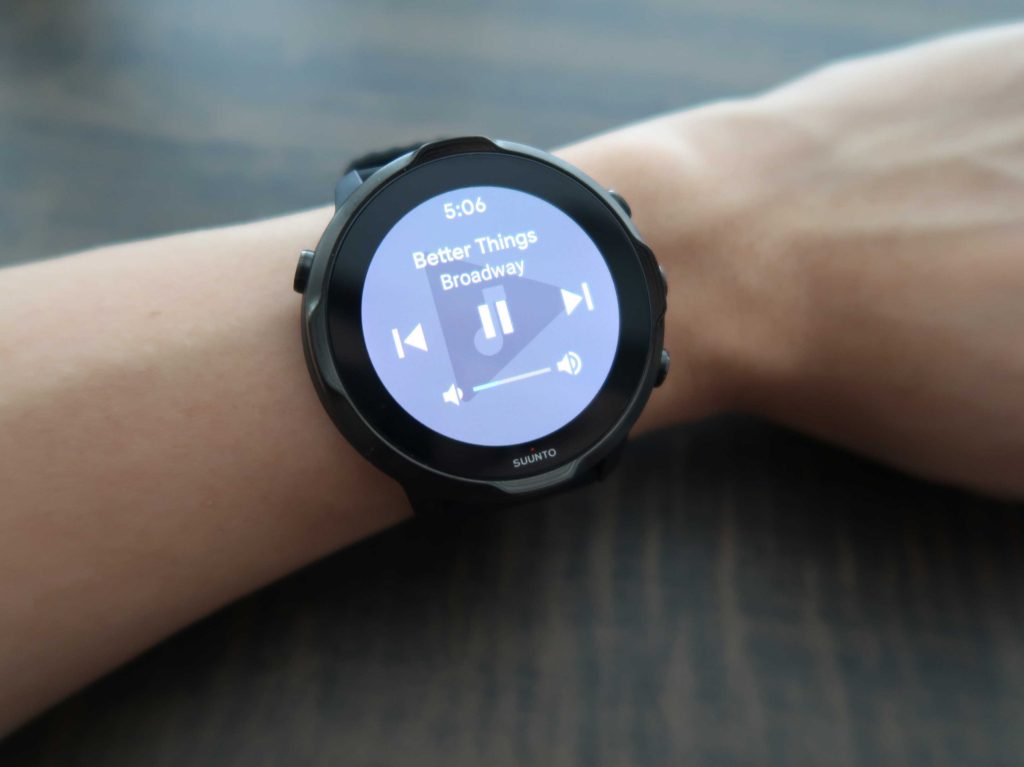
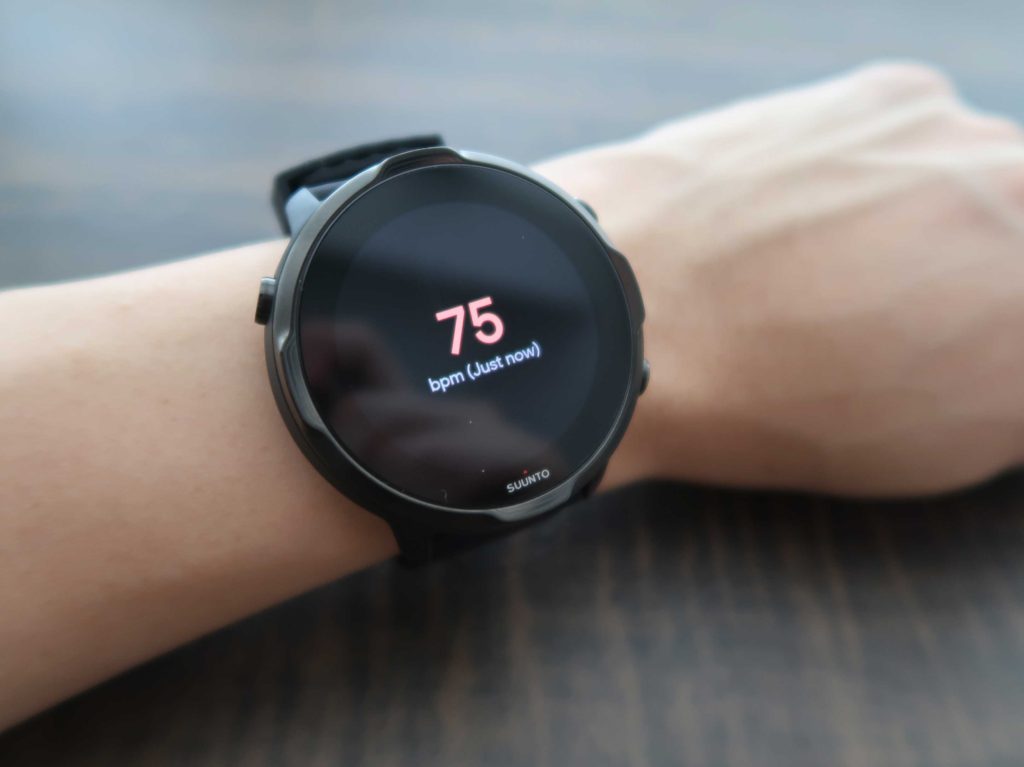
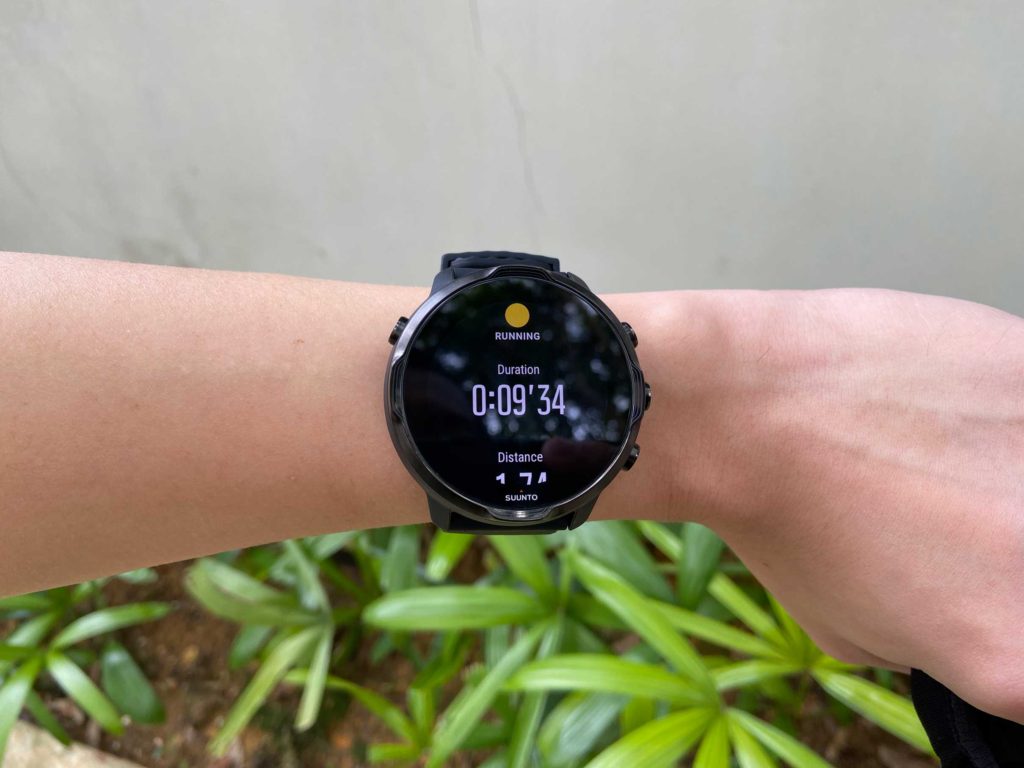
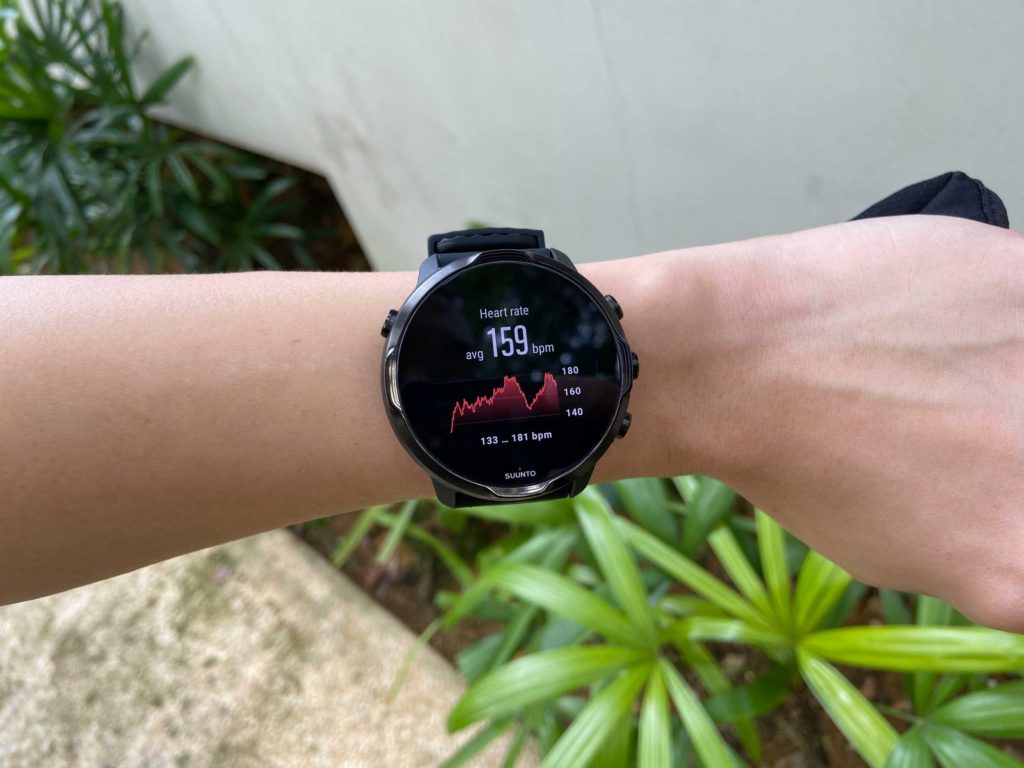




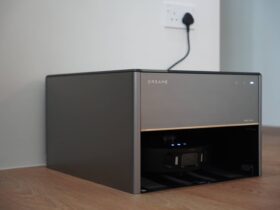
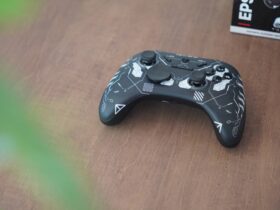
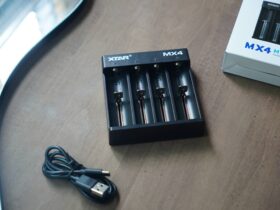
I am curious – when you are comparing battery life is that short compared to apple watch or fitness watch – cause if not short to apple watch or other wear os, how is that a con considring its fully featured interactivity with android phones? Expensive – been looking at it, and its similar price to apple watch, and its a lot cheaper/same price than mid range Garmin watches – so am again curious as that con and again what that is in reference too?
I would say it is short in terms of a fitness watch stand point, as it ultimately aims to serve the fitness watch market. It shares the “short battery life” that plagues most WearOS smartwatches. I say short because Suunto’s watches typically last longer than 4 days so the Suunto 7 having a 1.5 to 2 days battery life is considered short, which is also to highlight that it can’t escape the fate of WearOS drawbacks. Hope this clarifies!
Interesting as I asked them their target and they stated Apple watch which doesn’t shout fitness, though I will agree their fitness store suggests it.
Which is more important when looking at fitness watch: battery life as smartwatch or continuous tracking battery life? While it doesn’t have enduro mode battery life it does compare favourably with most of the Garmin fitness range.
I think it depends on the type on fitness activity. For general fitness activities like jogging, yoga, swimming – the Suunto 7 battery should do fine and be on par with the more “smartwatch” centric watches in the market. For more hardcore fitness activities where hours are involved then I think the focus would shift towards more of a rugged, fitness centric smartwatch like Garmin or the other Suunto range.